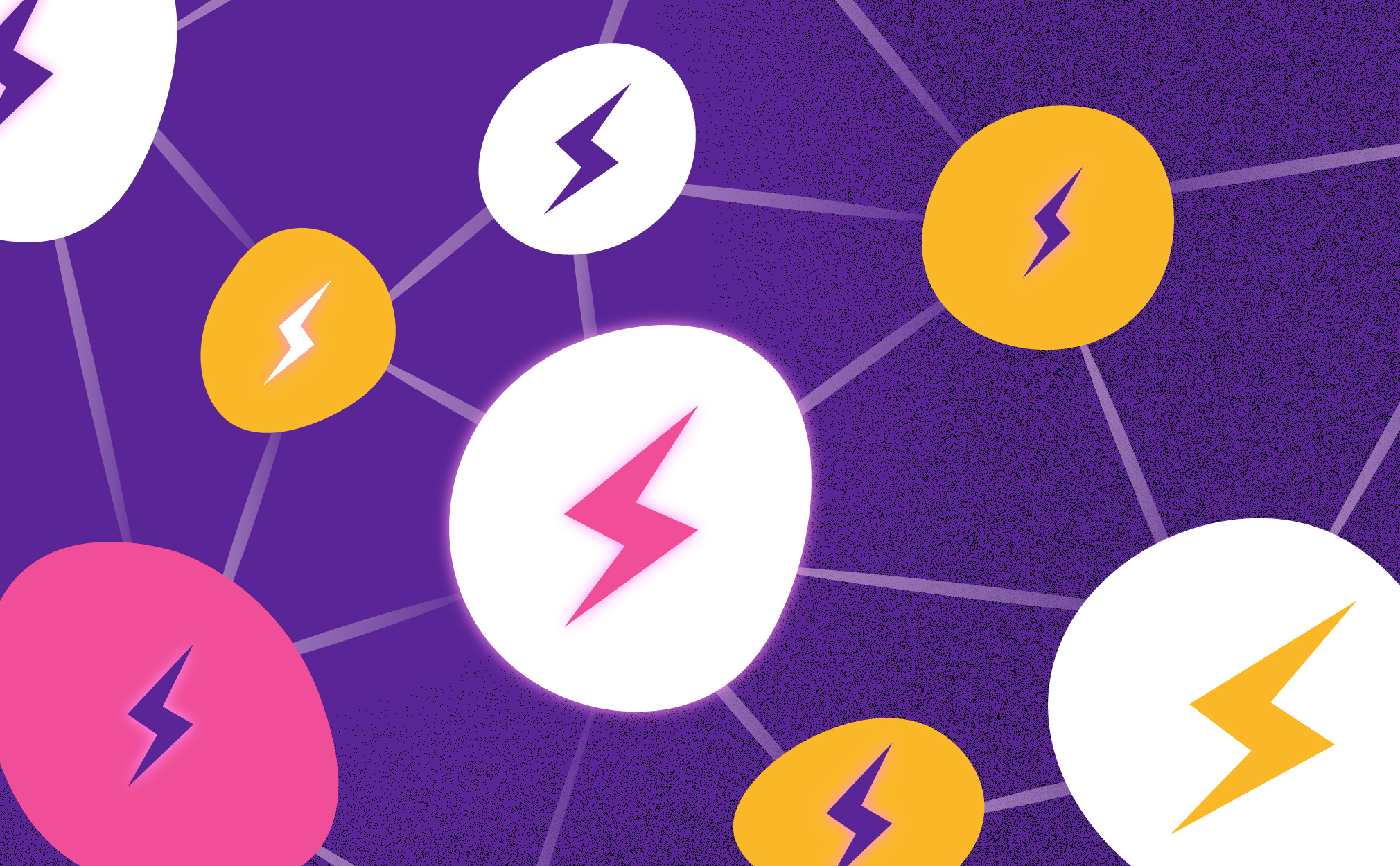Flux Federation | 3 June 2020


Tesla has applied to become a power generator in the UK, a move that some commentators say hints at the company’s plans to establish virtual power plants (VPPs) there. They’re attracting increasing interest and investment, so how are they affecting the energy industry now? And what will happen in the future?
The Australian example
When extreme winds ripped through South Australia in September 2016, they tore down two sets of transmission lines, setting off a string of reactions that plunged the entire state into a blackout – something that hadn’t happened since 1964.
The event resulted in lawsuits and plenty of accusations against the state’s high reliance on wind power; voltage dips had tripped wind farm protection settings, shutting the power off. Political and media commentary blamed the blackout on renewable energy’s apparent instability compared to traditional fossil fuels.
But the event also encouraged the South Australian government to invest in a virtual power plant, a grid-connected battery to increase stability when bad weather next hits. Tesla won that contract after CEO Elon Musk boasted he could get a 100-megawatt system up and running in 100 days to solve South Australia’s power woes. The Hornsdale Power Reserve, charged by the adjacent Hornsdale Wind Farm, is now touted as the biggest lithium-ion battery in the world, delivering power as needed.
The project cost A$90m with taxpayers forking out $4m a year for the next decade. But the battery brought down grid stabilisation costs by $40 million in its first year of operation, according to consultancy firm Aurecon, while ABC estimated the plant made revenues of $25m-$26m in its first year.
Now South Australia, and Tesla, have embarked on a virtual power plant project that will eventually see a planned network of 50,000 homes generating solar electricity and storing it at home and in large centralised storage installations, feeding out power to where it’s needed, when it’s needed. The system has already prevented blackouts on several occasions, in one instance helping maintain grid stability when a coal-fired unit in Queensland tripped. The VPP picked up power from hundreds of residential batteries to stabilise the system.
After this success in Australia, Tesla may now be eyeing the UK; its application to UK power industry regulator Ofgem to become an energy producer, is a strong hint it will enter the virtual power plant market in the UK as well. Although Elon Musk’s company hasn’t revealed much about its UK plans, a spokesman told Recharge News that the application related to Autobidder, which is automated energy trading software that it already uses in Hornsdale.
A virtual power plant is a name that can be used interchangeably for different systems, but generally, it’s a decentralised network that connects power-generating units and storage systems, with software that manages how electricity is delivered to buildings and households according to demand, via wi-fi or cellular networks. VPPs have been described as “an internet of energy”, connecting into existing networks and using software to tailor electricity generation, supply, and demand.
That violent South Australian storm was a once-in-50 years weather event, but extreme weather will become more common under climate change, and with that comes increased risk of damage to traditional large-scale power infrastructure. VPPs would help ameliorate that.
They could also mean our reliance on fossil fuels really will be a thing of the past. Take the energy-hungry metropolis of Los Angeles. In April 2019, the residential solar power provider Sunrun released an analysis that said solar arrays and batteries on just 75,000 homes could help end Los Angeles’ dependence on fossil fuels. This would entirely replace peak capacity at one of the city’s retiring gas plants.
Selling your solar energy back to the grid is part of the promise when homeowners buy solar panels, and VPPs will make that increasingly easy. Power is generated by large or small-scale wind farms, solar parks, combined heat and power units, solar arrays generated by panels installed by householders and businesses – in fact, any generation system. It’s stored in banks of batteries on the home and/or in parks like Hornsdale’s. Together, it all makes up a power plant split into hundreds or thousands of locations.
Networks of VPPs can also reduce the cost of building and maintaining new power plants and transmission lines, and varied types and locations of renewable energy sources can be harnessed together. And because renewable energy can be variable, it’s also supported by better ways to control power flow challenges, such as advances in software, switches, and sensors.
Musk has said electric vehicles will also play a part, once the “million-mile” battery is developed that can handle virtually limitless charge and discharge cycles. This means the power that a car generates on the road could be harnessed for home use when the EV is sitting idle in the garage, ultimately feeding into the grid as well.
Cheaper, higher-performance batteries are still batteries, with the aging, performance, and environmental problems that go along with them. Disposal of lithium-ion batteries is difficult as they’re not easy to recycle, and they also require a lot of natural resources to manufacture. Technological advances in the future should address some of these concerns (Tesla Motors filed a patent late last year for a new Li-Ion technology that claims to significantly outperform existing ones, for example, and Musk says its “million-mile” battery pack would still retain 95% of its life after 1000 cycles, compared to the typical 100 kWh lithium-ion battery in a Tesla Model S providing only 1,000 to 2,000 discharge cycles currently).
VPPs also require surrounding technologies, consumer attitudes, and markets to develop enough to absorb them. They would harvest private information about consumers that some may be resistant to reveal; some consumers in New Zealand were initially resistant to the introduction of smart meters into their homes, for example. VPPs may also need to rely on good cellular service and wi-fi, which is yet to reach all areas of the world.
VPPs are projected to reach a market size of US$709.98 million by 2023, increasing at a compounded annual growth rate of more than 29%, according to a TechSciResearch report. They could soon spell the end of traditional electricity generation and transmission in our increasingly electrified world. With their decentralised systems, local networks and bulk storage, VPPs may be able to help keep all our lights on in the future.

Sign up for the latest updates in technology, changes, regulations, and new energy products from Flux.